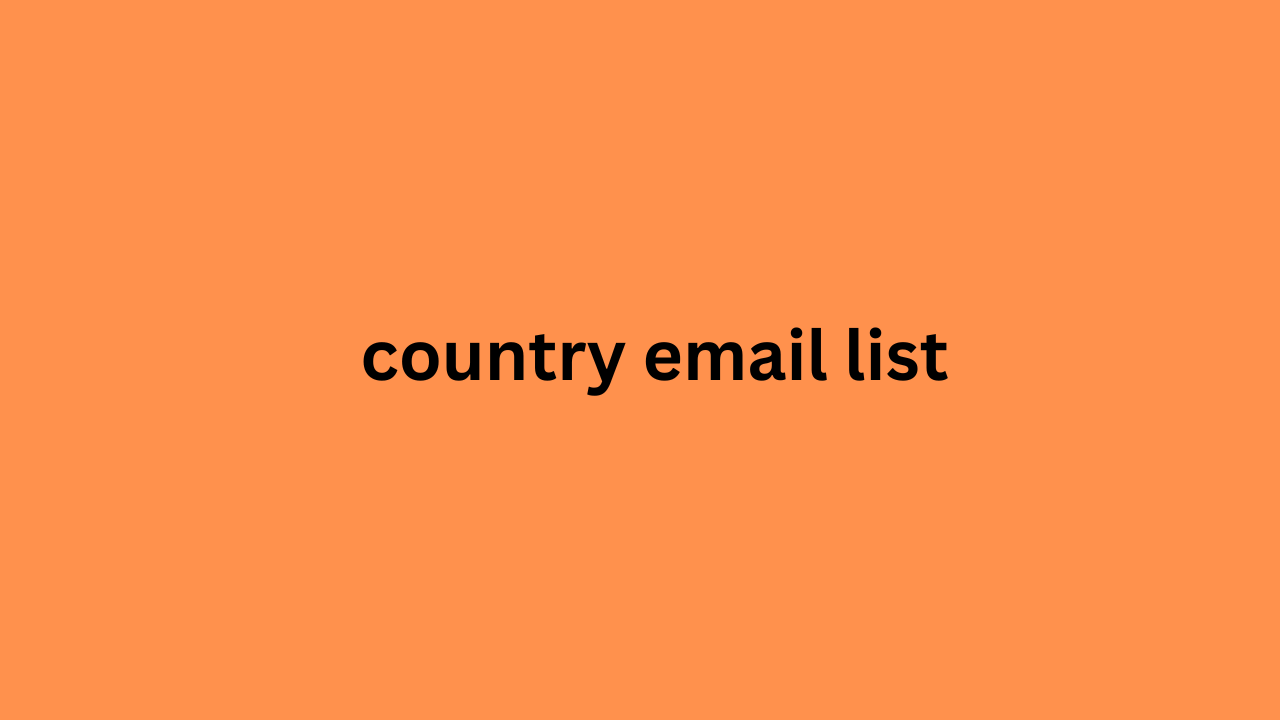Here are some tips to leverage social media in your B2B inbound marketing strategy:
Identify the most relevant social media platforms for your industry and target audience. You don't need to be present on all of them, but rather focus on those where your audience is located.
Create professional and attractive profiles that reflect your brand identity.
Share valuable content , including your blog posts, infographics, case studies, webinars, and industry news.
Encourage participation and interaction with your audience through questions, polls, discussions and responses to comments.
Use paid ads to increase the visibility of your content and reach a broader, more targeted audience.
Step 5: Analyze performance
Continuously analyze your digital marketing activities to assess their country email list performance and make improvements . Use analytics and metrics tools to monitor:

Web traffic.
Sources of web traffic.
Time on site and bounce rate
Cost per lead (CPL).
Conversion rates.
Return on investment (ROI) and other key performance indicators (KPIs).
This data helps you identify which strategies and tactics are most effective and fine-tune your marketing efforts.
New call to action
Conclusions
These steps are part of an ongoing process. It's important to review and adjust your inbound marketing strategies as your business evolves and your customers' needs change. Continuous experimentation and learning will help you improve your results and maintain a steady flow of new customers.
In a competitive business environment, a well-executed Inbound Marketing strategy focused on customer needs is essential to successfully attract and convert new B2B customers .
Topics: Inbound Marketing , B2B , marketing automation , B2B Clients , HubSpot
Kira Urbaneja
Written by Kira Urbaneja
Copywriter | SEO Copywriter
